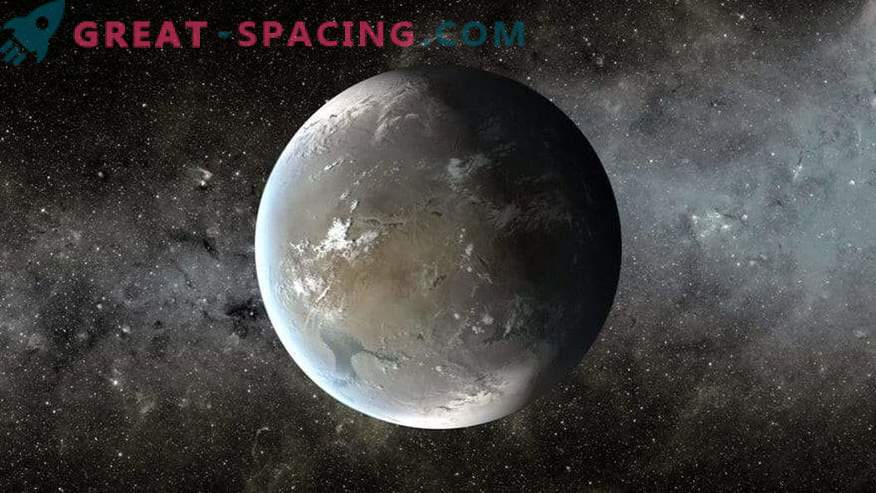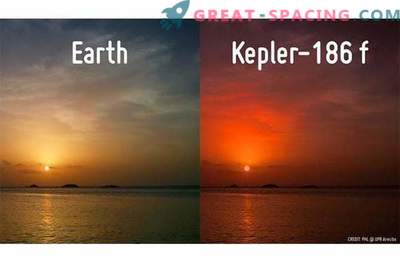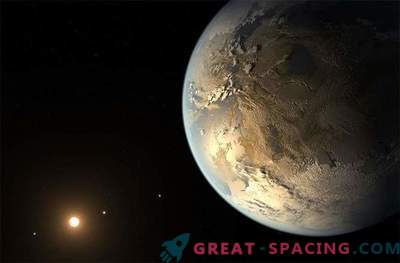
Kepler-186f Artistic Vision
A study from the Georgia Institute of Technology offers new clues to the fact that a planet 500 miles away from us is very similar to Earth. Kepler-186f is the first identified planet of terrestrial parameters, living outside our system. Revolves around its star in the habitat zone.
Scientists used simulations to analyze and identify the dynamics of the rotational axis of an exoplanet. This dynamic determines how much the planet leans on its axis and how this angle of tilt evolves over time. Axial tilt affects the formation of seasons and climate, because it is responsible for the amount of incoming light on the surface of the planet.
It is assumed that the axial tilt of Kepler-186f remains stable, like the earth, which hints at the presence of regular seasons and a stable climate. There is also an assumption that this is true for the planet Kepler-62f, distant by 1200 light years.
How important is the axial tilt for climate? Strong variability can be a key reason why Mars was transformed billions of years ago from a watery landscape into a desert. After all, the Red Planet also lives in the habitat zone, but the axial tilt varies from 0 to 60 degrees. This instability and could lead to the destruction of the atmospheric layer and evaporation of surface water. For you to understand, the earth's axial tilt varies only between 22.1 and 24.5 degrees, and the distance between these marks covers every 10,000 years.

Artistic vision Kepler-62f
The orientation angle of the orbit of the planet around the star could cause oscillations of gravitational interactions with other planets in the same system. If the orbit oscillates with the same speed as the precession of the axis of rotation, then the axis of rotation will oscillate back and forth (sometimes sharply).
Mars and Earth are in close contact (also with Mercury and Venus). As a result, the axes of their rotation themselves will precess at the same speed as the orbital oscillations, which can lead to serious changes in axial tilt. But the moon holds the earth. It increases the speed of precession of the rotational axis and makes it distinctive from the speed of orbital oscillations. Mars does not have a large enough satellite to stabilize its axial tilt. It is unclear whether two specific exoplanets are endowed with satellites, but calculations show that even without them, Kepler-186f and 62f would remain constant for tens of millions of years. Kepler-186f is 10% larger than the Earth's radius, but the mass and composition still remain a mystery. Spends 130 days on orbital flyby. At noon, the brightness of the star will seem the same as during the sunset period on Earth. He lives in the territory of the constellation Cygnus and is part of a system with five planets.
Kepler-62f was considered the most terrestrial exoplanet, until in 2014 Kepler-186f was noticed. The world is 40% larger than ours and belongs to the terrestrial or oceanic type. Lives in the constellation Lyra and is considered the most outer planet among 5 worlds around one star.
All this does not speak of the presence of water or life in the worlds, but they are excellent candidates. The new study was the first focused on the climatic stability of worlds.











































